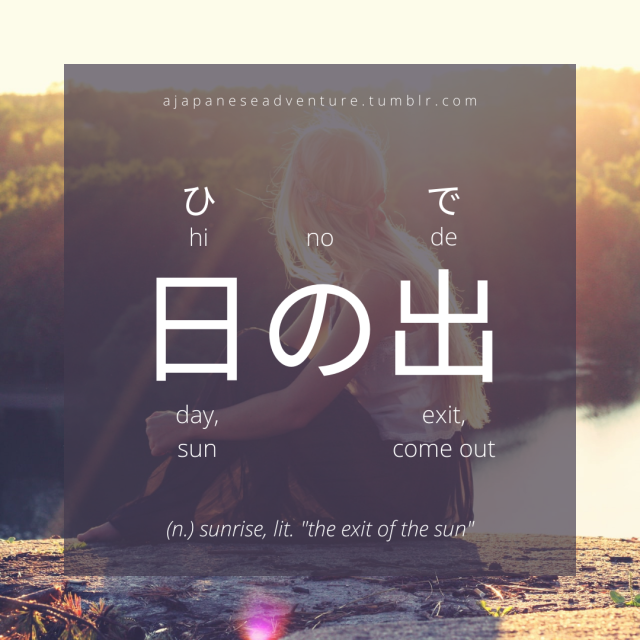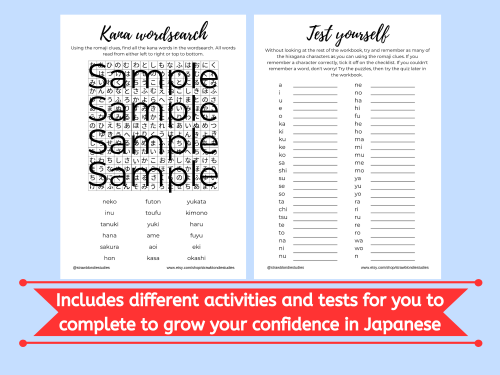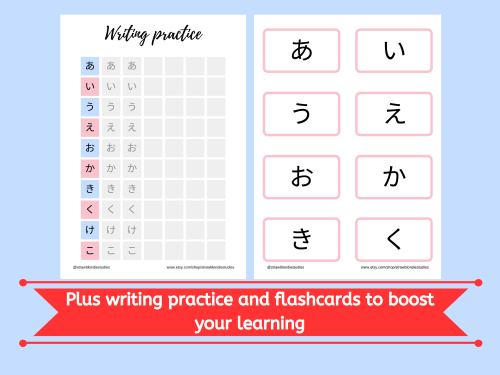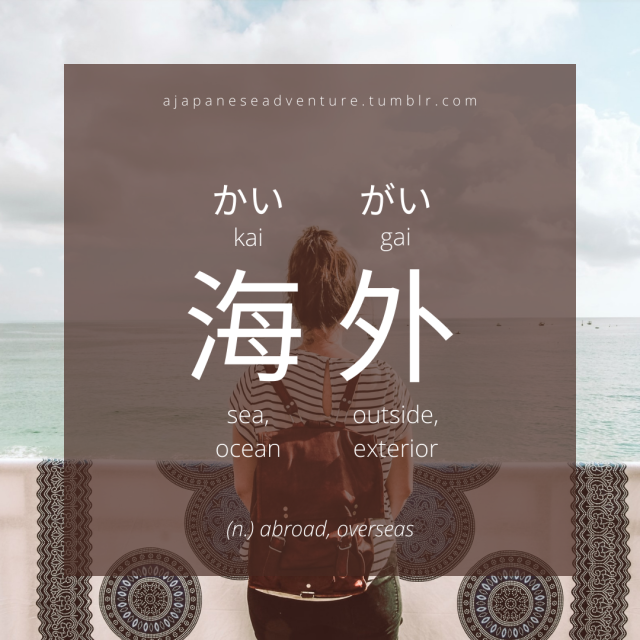#learning japanese

202 day streak!

102 day streak!
Mastering kana
So I’ve started learning Japanese. I know from my experience learning Korean that getting familiar with the writing system is crucial, and relying on romanisation will only hurt your pronunciation in the long term.
While there are a lot of resources out there saying they can teach you hangul or hiragana in a hour, realistically it’s going to take you longer to get comfortable with the writing system.
Below is a list of the resources (all free!) that I used to really get comfortable with hiragana and katakana. Hopefully they can help you too ~~
Hiragana Memory Hint (mobile app) - this app teaches you hiragana using mnemonic pictures. I’ve never used mnemonics before so I was a bit unsure but honestly they helped me learn 80% of the characters. I like this app because they remind you of the mnemonic every time you do a quiz - even when you get the answer right. It’s important to note that the mnemonics they use focus more on the pronunciation rather than the associated romaji spelling.
HirKat (mobile app) - while the memory hint app is good it has some weak points namely the quizzes are too easy (they give you a second chance and the fonts used are ones that closely resemble the mnemonic) and it only teaches the base hiragana (it doesn’t go into が、ば、ぱ or any of the small や、ゆ、よ sounds like ちゃ). HirKat doesn’t have these weaknesses so it is a good way to review your knowledge after you have completed a row in the Memory Hint app.
Kanji Teacher (mobile app) - despite the name the app also has a kana teaching section. While Kanji Teacher uses some mnemonics the Memory Hint ones are much better in my opinion. What Kanji Teacher does that the early app’s don’t is that it will give you hard quizzes (9 possible answers), the quizzes develop over time so hiragana you have ‘learnt’ don’t show up anymore, and it will teach and test your writing (including the stroke order). I would note that the app has a lot of customization options and features so it can be overwhelming to navigate - my advice would be to use the ‘kana tutor’ button to walk through the tests.
Minato - Hiragana A1 Self-Study Course (web based course) - this is one of the courses available on https://minato-jf.jp/Home/Index. You need to make an account to access the course but all of the self-study courses are free. The first half of the course will introduce hiragana and test your reading and listening skills. The second half of the course is the best part though - it will teach you small つ sounds like きって, long vowel sounds and how to type hiragana on a computer keyboard! They also have some printable pdfs to practice your handwriting.
As for katakana; HirKat and Kanji Teacher also teach katakana in the same app, there is a katakana version of Memory Hint called Katakana Memory Hint and there is a Katakana Self-Study Course on Minato which is similar to the hiragana one.
NEW Japanese Hiragana workbook, with over 30 pages including puzzles, writing practice and flashcards so you can easily learn to read and write hiragana! Available in A4, A5, letter, half letter and legal sizes. Download it here
Post link
I add random languages to my Duolingo because I get curious or for when I go on holiday.
Currently tempted to put Irish, Welsh, Gaelic and Ukrainian.
Korean will always be the language I’m more fluent in.
I just love learning languages

First time I’ve done it all in one day


Fran has decided that I should start taking the JLPT (Japanese Language Proficiency Test) series. They are labelled JLPT5 through JLPT1, which JLPT1 being the most difficult one. Basically, after you manage to pass JLPT1, most companies will hire you for a Japanese-speaking position.
For a while now, I’ve been studying with the goal of getting better at conversational Japanese so that I can have fewer misunderstandings, manage to make Japanese friends, and basically get through my everyday life with minimal discomfort. I may never be able to get a job here, but I’d like to at least be able to understand those around me and express myself sufficiently.
A lot of schools seem to quantify the following skill levels when it comes to conversational Japanese:
Beginner: Can only do very basic introductions, cannot express oneself but can understand simple instructions and ask simple questions.
Low Intermediate: Can express oneself on known topics and understand discussion. Can ask more complicated questions.
Intermediate: Can learn about unknown topics through question and answer with another person.
Advanced: Can freely express oneself about unknown topics.
So far, I’d say that I’m at the Low Intermediate level. I can definitely understand a lot of what people say to me, mostly picking up on key words and set phrases that I know. However, I have a hard time contributing with my side of the conversation. A lot of the time, I want to express myself further, but find that I don’t know the right vocabulary for what I want to say and end up floundering. When someone introduces something that is as of yet out my knowledge (e.g, political discussions), I have a very hard time understanding what they are trying to ask/tell me and I don’t quite know how to express myself enough to ask the right questions.
Since I learn best by brute force, I’ve been going through vocabulary lists for the JLPT tests. So far, I am about a quarter of the way through JLPT4.
With that in mind, Fran asked me if I’d like to start taking the JLPT series of tests. I can start with JLPT5 and work my way up (hopefully, eventually) to JLPT1. While I don’t think it would really be all that useful to me on my CV, Fran think it’s a good set of goals for me to work towards while we’re here in Japan.
See, for the most part, I’m a housewife. And I don’t mean to demean housewives everywhere, but sometimes I really wish I was back at work doing work-things, making work-friends, and generally feeling important and smart.
Not that I don’t still feel like I’m smart, it’s just that I don’t care to sit around and discuss the minute details of child-rearing with another mother when I couldn’t care less what she is doing and why she’s doing it.
[I feel like that’s what a lot of my mama-tomo conversations revolve around. Oh you’re feeding her such-and-such? But why, isn’t it too EARLY? Or maybe you should have switched to such-and-such by now…? Cue the massive eyeroll and generally apathy on my part.]
But anyway, long story short (after having written quite a bit on all this), I want to start taking these tests. It will give me something to work towards with my Japanese study, and I think it will give me a very important feeling of accomplishment with each test I manage to pass.
頑張ります!
I’ve got it in my head that I should learn Japanese by watching more television. Unfortunately, we brought our television from the US and we are unwilling to pay for cable here so it’s only good for watching movies. Fortunately, we have a Japanese DVD player and an old PS3 which can play Blu-Rays and Region 1 DVDs, so we can watch anything we can find at the rental store.
As a result, I’ve asked F to rent Japanese films and series for me. I watch them with the Japanese captions and try to figure out wtf is going on. Most of the time, I’m pretty clueless until I look up a plot summary online. But the good thing is that I’m starting to pick up some phrases here and there.
Since starting to go to jidoukan in the mornings instead of the usual afternoons, I’ve started to meet a whole different group of mothers. Of course, this means I have to re-introduce myself over and over again, and when people realise that I don’t speak Japanese very well, there are the inevitable questions like:
“Wow, your Japanese is so great! How did you learn?” (Even though my Japanese is clearly terrible)
“What country did you come from?”
“Do you live near here?”
But today I got a different question:
“Half?”
What she was asking is if my kiddo was mixed ethnicity. I think her curly brownish hair confuses people. It’s even more confusing for people when I tell them that I’m American and so is my husband. I think most people want to try to nail down exactly what ethnicity we each are, but mostly I don’t want to have to explain everything and then get even more confused looks from them.
I barely want to explain things in English, let alone trying to do it in Japanese.

北 【きた】(kita): North
東 【ひがし】(higashi): East
南 【みなみ】(minami): South
西 【にし】(nishi): West
I recently realized that I could not remember well all the kanji about compass directions. And, since they are usually among the basic kanji (asked in jplt n5), I decided to create a simple graphic post to remember them. Hope it can help you, too!


日の出(hinode) and 日の入り(hinoiri),sunrise and sunset.
Interesting thing, the “setting” sun is for the Japanese an “entering” sun, while the “rising” sun is an “exiting” sun.
It seems that we Westerners refer to what the sun does in relation to the sky, while the Japanese refer to what the sun does in relation to the earth.
Background photos by 1) Julia Caesar on Unsplash, 2) Photo by Heshan Perera on Unsplash.

晴れ 【はれ】(hare): clear weather, fine weather
女 【おみな】(onna): woman, female
I found this word watching Weathering with you. One of the main character of the anime is Hina, a ‘sunshine girl’ with the power of bringing sunny weather. 晴れ女 can be literally translated 'sunshine girl’, or 'sunny weather woman’.

雨 【あめ】(ame): rain, rainy weather
女 【おみな】(onna): woman, female
雨女 literally means 'rain girl’ or 'rainy weather woman’. 雨女 (Ameonna) is also a legendary female spirit, described as a goddess from China’s Mount Wushan, who is a cloud in the morning and rain in the evening.
Source: Jisho.org
Background photos: 1) 邱 严onUnsplash; 2) Photo by Tianshu LiuonUnsplash.

和 【わ】 (wa):sum; harmony, peace; Japan, Japanese style.
Example words:
和歌 【わか】 (waka) ->waka, classic Japanese poem (歌 = “song”).
英和 【エイワ】 (eiwa)-> English-Japanese, English-Japanese dictionary (英 = “English”, “Britain”).
Fun fact: I found this kanji in the fantasy series Avatar, the last airbender. You can usually see it in the opening credits, associated with the element air and the air nomads, a nation of wise monks.
Background photo by Nicki Eliza Schinow on Unsplash.
Words and translation: Jisho.org

巫女 【みこ】 (miko): a shrine maiden in shintoist temples, a sorceress, a shamaness. The second kanji 女is not read, but it means “woman”. The overall meaning is “shrine maiden, shamaness”.
I recently learned about the existence of this fascinating figure, the miko. Miko are the young women working in shintoist temples in Japan. In ages past they also had the role of shamanesses and prophetesses.
Thinking about it, I had already seen this figure in one famous anime, Your Name (kimi no na wa). In the movie, in fact, we see the main character, Mitsuha, performing ritual dances in a shrine with her sister, while wearing the traditional mikodress.
I found the miko fascinating. Think about it: in the morning you have these girls as your normal classmates, and at evening you see them at the temple, working in the shrine and performing ritual dances. Maybe for us westerners it just gives a weird and beautiful impression to see the sacred in everyday life, especially in young people.
Background Photo by Denise MetzonUnsplash

The kanji for “storm, tempest” is a very interesting one - It’s actually made by two kanji, one on top of the other: the kanji above means “mountain”, the one below means“wind”.
Mountains are often a forge of storms: this is why it’s always good to check the weather forecasts before go hiking on mountaineous terrains. Thunderstorms may form over the peaks, as warm, moist air rises along the slopes and condenses in thunderclouds, also creating strong wind gusts.
Furthermore, strong windstorms often happen downwind of mountain ridges. In fact, mountains are responsible for “downslope windstorms”.
Of course, this is just my interpretation of the kanji shape. It helps remember it, though!
This word can also be interpreted in a metaphorical way as “uproar”or“winds of change”.
source:jisho.org
background photo: pixabay.com
-Stop for a while and enjoy this Japanese Indie Folk playlist-
i am so inlove with this playlist! have it listen you’ll not regret it!
I’m listening to this playlist, and notice I can understand many words and even sentences! (I am a beginner) It’s a really nice feeling!
I think this is a good way to practice some vocabulary, and maybe learn more. The words are very well pronounced in songs.
its done whew
魔女の宅急便 - “The witch’s delivery service”, best known as Kiki’s Delivery Service!
すごい!
Post link







